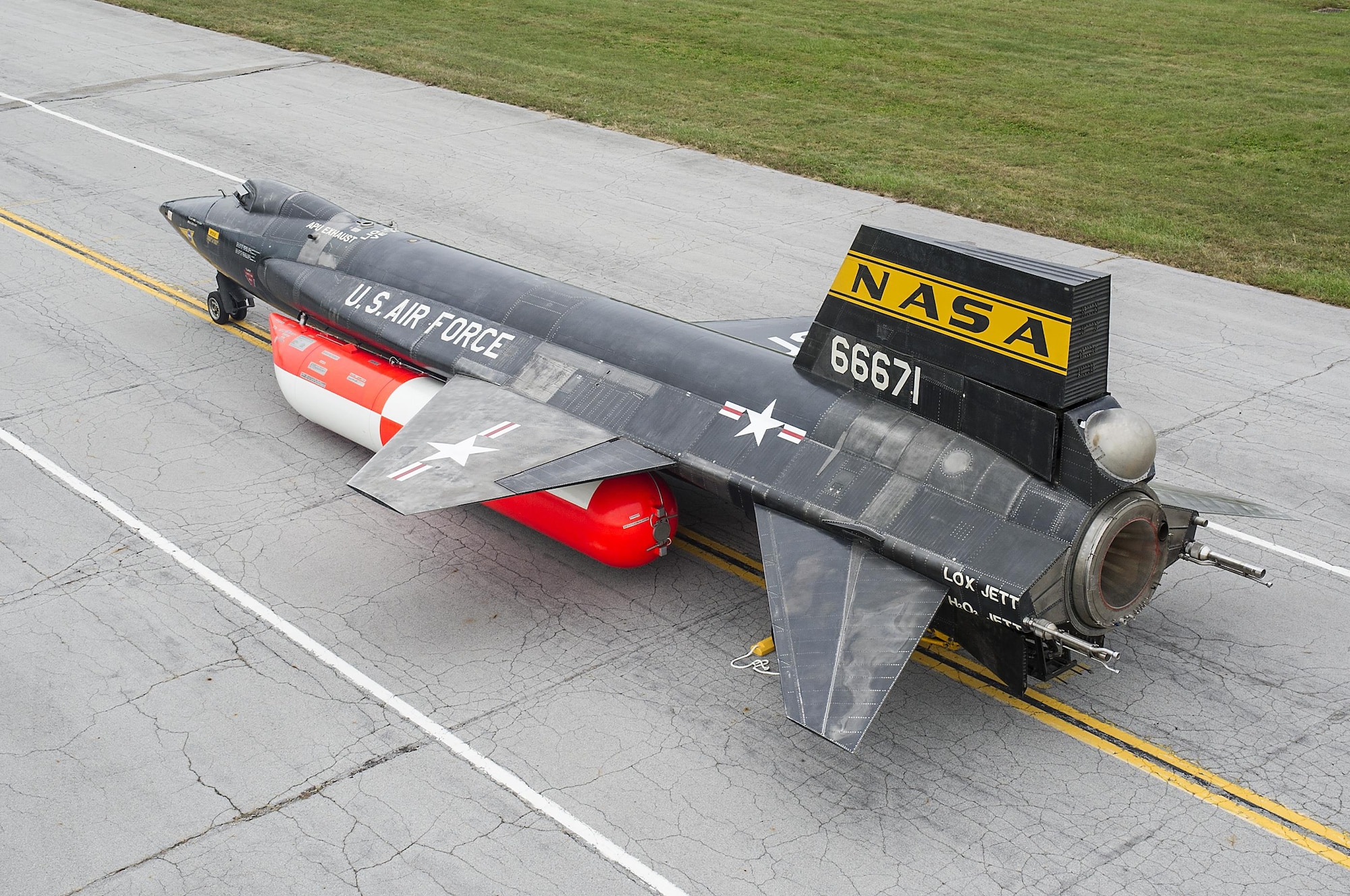WizardOfBoz
Active Member
All,
I'm building my first rocket in about 20 years, and those rockets were with my son. So my first rockets were back in ... well, I can't remember.
The modern building techniques and materials (I used Elmer's glue back in the day!) are amazing. Putting in a fin can in properly seems like playing Tetris. Or maybe Jengo. There's a LOT of epoxy used, and it has to be sequenced in deviously clever ways, and supplement with syringes and clothes pins.
As an engineer, a question one must always ask is "Can we do better?". Also, "Is 'better' worth it?" To that end, are there any statistics about how fins fail? It would be useful to know
1) What fraction of fin failures occur during flight, and what fraction occur on landing?
2) What failure modes are observed? For example
a) A fin rips off during powered flight - fully detached
b) A fin joint fails during powered flight but remains attached
c) A fin fractures during powered flight - part fully detached
d) A fin cracks during powered flight - no parts fully detached
I guess e-h) would be the same for landing-induced mishaps
One could subdivide the powered flight questions into a "how?" part: did the failure occur through fin flutter? G-force and drag forces alone? Misalignment of the fin?
If all rocket failures had an after-action report with pics that would be pretty interesting, in the sense of perhaps suggesting better construction modes and materials.
Don't get me wrong: I'm sticking (sorry for the pun) with high-strength epoxy and materials. Just checking to see if Elmer's might still work....
I'm building my first rocket in about 20 years, and those rockets were with my son. So my first rockets were back in ... well, I can't remember.
The modern building techniques and materials (I used Elmer's glue back in the day!) are amazing. Putting in a fin can in properly seems like playing Tetris. Or maybe Jengo. There's a LOT of epoxy used, and it has to be sequenced in deviously clever ways, and supplement with syringes and clothes pins.
As an engineer, a question one must always ask is "Can we do better?". Also, "Is 'better' worth it?" To that end, are there any statistics about how fins fail? It would be useful to know
1) What fraction of fin failures occur during flight, and what fraction occur on landing?
2) What failure modes are observed? For example
a) A fin rips off during powered flight - fully detached
b) A fin joint fails during powered flight but remains attached
c) A fin fractures during powered flight - part fully detached
d) A fin cracks during powered flight - no parts fully detached
I guess e-h) would be the same for landing-induced mishaps
One could subdivide the powered flight questions into a "how?" part: did the failure occur through fin flutter? G-force and drag forces alone? Misalignment of the fin?
If all rocket failures had an after-action report with pics that would be pretty interesting, in the sense of perhaps suggesting better construction modes and materials.
Don't get me wrong: I'm sticking (sorry for the pun) with high-strength epoxy and materials. Just checking to see if Elmer's might still work....











